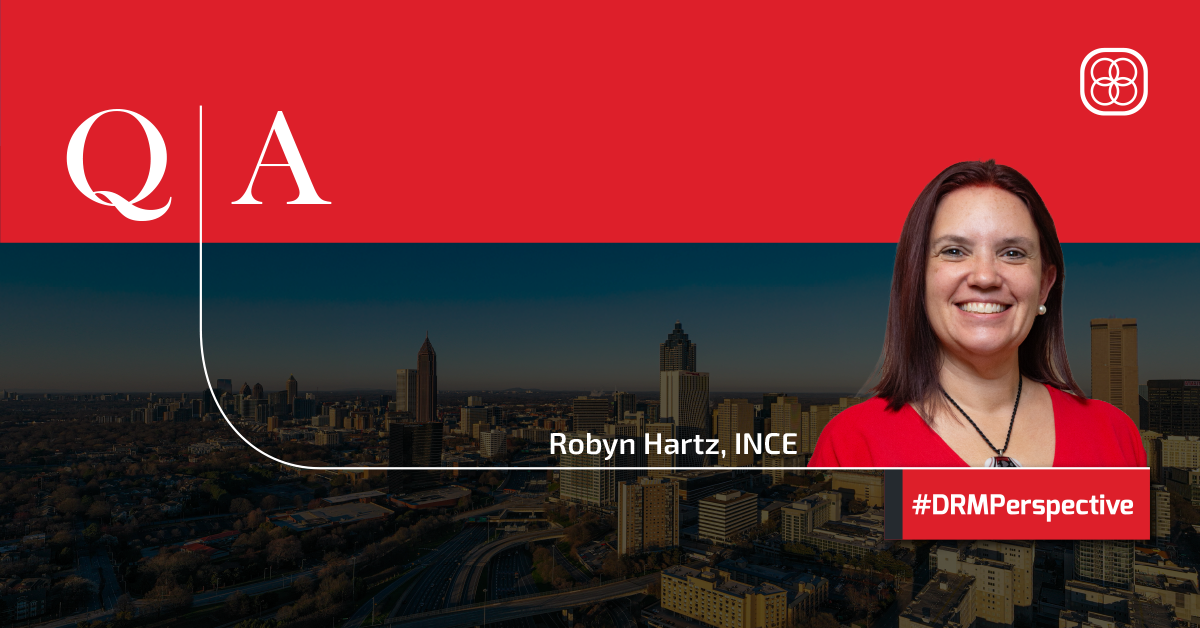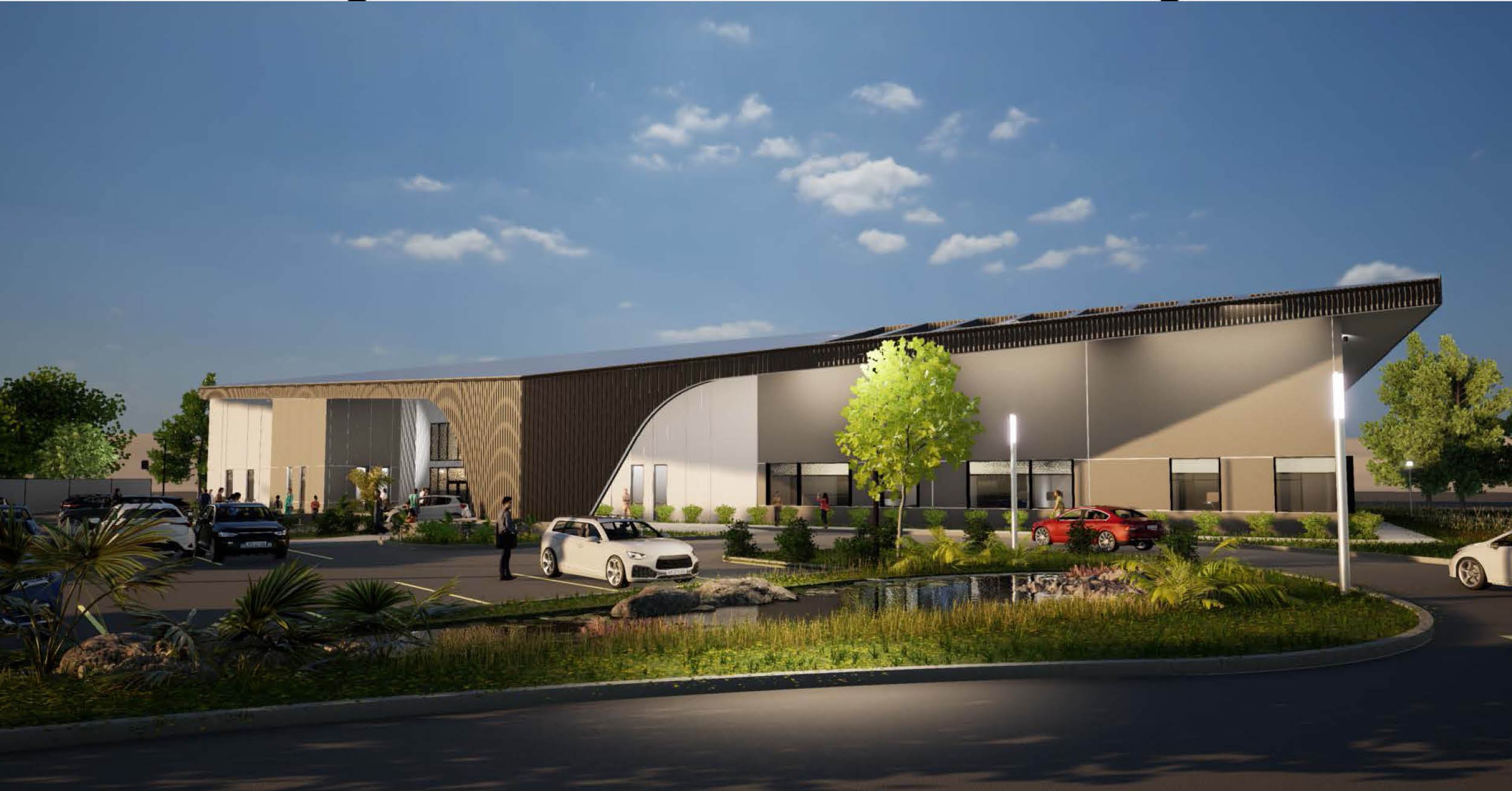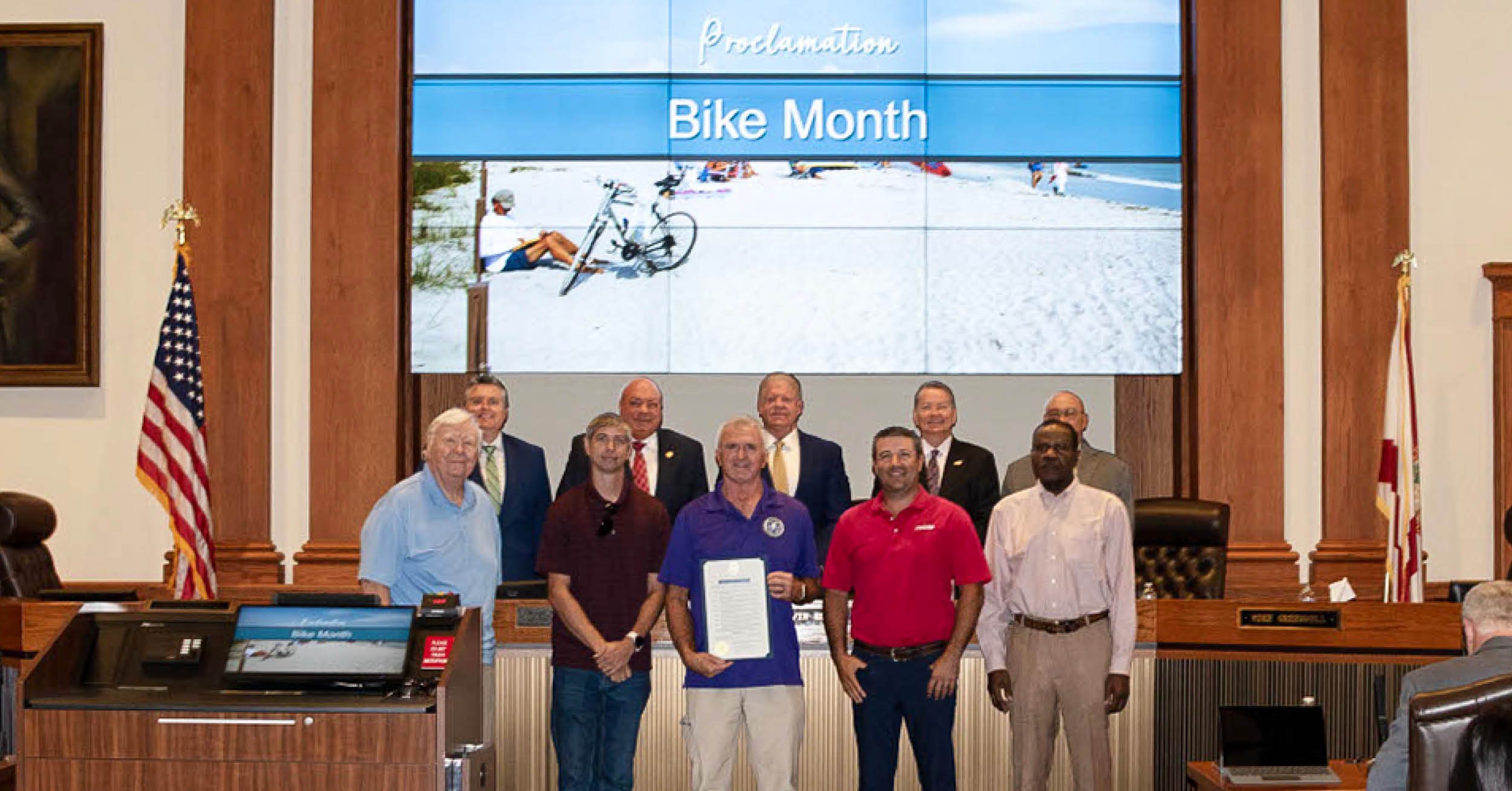As infrastructure projects grow in complexity and public concern about the impact of noise remains a key consideration, noise analysis has become an increasingly important part of transportation and environmental planning. DRMP’s expanded noise group plays a critical role in helping clients meet regulatory requirements, respond to community concerns, and deliver thoughtful, data-driven solutions that balance progress with livability.
DRMP Noise Group Leader Robyn Hartz, INCE, shares how her team is expanding its capabilities, what distinguishes their work, and how they’re growing in this niche field. Whether supporting complex design-build efforts or conducting noise studies for the U.S. Department of Housing and Urban Development (HUD), her perspective highlights the group’s expanding role across a wide range of infrastructure and planning projects.
What inspired the expansion of DRMP’s noise group at this stage of the firm's growth?
The growth of our noise group happened somewhat organically. As project demands increased, I reached out to our Geographic Information Systems (GIS) and roadway teams for support. At the same time, experienced noise analysts are hard to come by, so when someone with the right background expressed interest in joining us, we didn’t hesitate to bring them on board. It was a great opportunity to strengthen the team and expand our in-house capabilities.
What kind of specialists are part of the firm’s noise team, and how do they collaborate with other disciplines?
Our noise team includes a mix of experience levels, which brings a valuable range of perspectives. GIS Analyst Rav Kathuria is helping us develop tools for field use and mapping. Roadway Engineer Dan Mallet supports us with MicroStation and OpenRoads tasks. Our newest Noise Analyst Jessica Lozada, who has seven years of noise experience, contributes across the board – from modeling and report writing to mentoring newer staff. Jay McInnis, PE, is a civil engineer who manages noise contracts for North Carolina Department of Transportation (NCDOT) projects and brings strong leadership and technical expertise. As a group, we each bring different skills to the table, which helps us work effectively with other departments. We're also flexible in our approach and able to adapt our methods based on the type and quality of data our clients provide.
What new capabilities or services is DRMP offering with the expanded noise group?
With our expanded noise group, we’re broadening the range of services we offer. We can now assist counties and municipalities with developing or updating noise ordinances, as well as address other community noise concerns. This includes conducting noise studies for new facilities that might impact nearby communities to ensure that noise levels are properly assessed and managed from the start.
What industries or project types benefit most from noise analysis and mitigation services?
Noise is essentially unwanted sound, and it’s present in almost every environment, so there are a wide range of applications for noise analysis. Our focus is on transportation-related noise, particularly from highway improvement projects, rail services, and airport operations (including the development of noise contours). The project locations that benefit most from mitigation are those where residential areas are located close to the transportation corridor, since those communities are the most directly impacted by elevated noise levels. Typically, noise barriers are the most effective mitigation option for highway improvements, but the appropriate method varies by transportation mode and location. Each state also has its own cost-benefit criteria referred to as "feasibility and reasonableness," which must be met for a mitigation method to be considered viable.
How is noise modeling technology evolving, and how is DRMP’s team staying ahead of the curve?
Noise modeling is evolving but not always in a straight line. While the tools we use to collect data and create model inputs, such as field equipment and GIS software are advancing rapidly, the actual highway noise model we rely on, Traffic Noise Model (TNM), hasn’t kept pace. We're still using an older version since newer versions haven’t yet received federal approval. To stay ahead, we streamline our inputs and monitoring processes to make the most of the existing software. One big advantage of having younger staff from other disciplines is that they bring fresh ideas and technical skills, which helps us keep our methods current and avoid getting stuck in outdated routines.
What differentiates DRMP’s noise group from others in the industry?
What sets us apart is that we don’t just check the boxes. We look for smarter ways to do the work and deliver better outcomes for our clients. Our team actively develops tools to make processes more efficient and more accurate, and we’re always thinking about how to present our findings in ways that are clear, accessible, and useful to decision-makers. With a mix of technical backgrounds and a hands-on, problem-solving mindset, we’re able to approach projects with flexibility and innovation.
Could you briefly walk us through a recent project and give us an example of where DRMP’s noise team made a significant impact?
One recent project we supported was a design-build with Florida’s Turnpike Enterprise. These types of projects move fast and deadlines are tight. Everything happens at a much quicker pace than a traditional project. Our team stepped in to update the design year noise models and update the barrier analysis at six different locations, all under a tight schedule. Everyone pulled together to get the models up and running quickly. In the end, we were able to recommend barrier solutions that maintained the required noise benefits for nearby residents while also saving money for our client, the developer. It was a great example of how our team can deliver high-quality, cost-effective solutions under pressure.
Could you share more about the noise-related work your team is doing in partnership with Stantec under the recent on-call environmental contract with FDOT District 6?
We were recently part of the winning team for an on-call environmental contract with the Florida Department of Transportation (FDOT) District 6, which covers Miami-Dade and Monroe counties. As part of this collaboration with Stantec, our team will be providing noise analysis support. That could include reviewing models and reports, helping the department respond to questions about highway noise, and preparing full noise study reports as needed. It's a great opportunity to support FDOT and continue building strong partnerships on complex projects.
How does DRMP’s noise group support the broader goals of civil engineering and infrastructure development?
In PD&E/NEPA work, noise analysis is often a discipline that gets subcontracted to outside firms. By having that capability in-house, DRMP can retain more of the project scope and keep the work under one roof. This helps us operate as a full-service provider, offering all the key components needed for a complete PD&E/NEPA evaluation. Beyond that, noise analysis also plays a critical role in final design and design-build projects. Having an internal team means we can deliver more comprehensive services to our clients across all phases of a project.
How do regulatory trends and community concerns influence noise engineering today?
Federal regulations on transportation noise don’t change often. The last major update was in 2011 with another significant change expected later this year. However, the bigger influence often comes from individual states. Some states, like Florida, review and update their noise policies almost annually. Being part of the Florida Noise Task Team is a great way for us to stay ahead of the curve and prepare for upcoming changes.
What’s next for the noise group? What is DRMP aiming to achieve in the next year or two?
Our more immediate goal is to become the provider of choice for noise analyses in Florida and North Carolina – and then the world. (I picture Pinky and the Brain.)
Robyn Hartz serves as the Transportation Noise Group Leader for DRMP’s Transportation Market Sector.

















